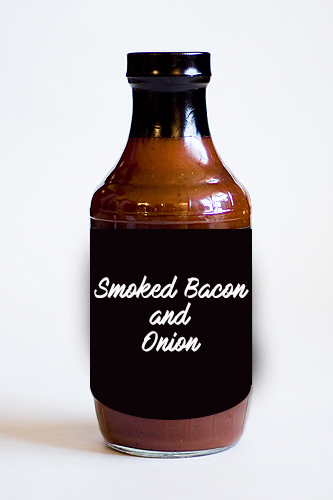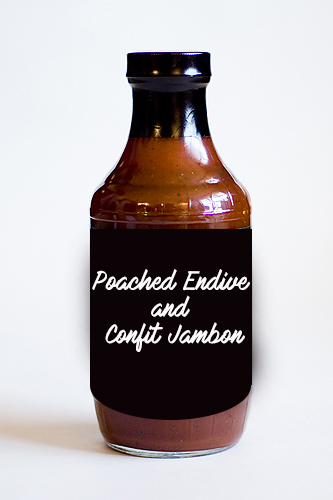Trend Reality Check: Know Thy Brand
Know Thy Brand
Finding a trend is one thing, executing it is another. Creative marketing tactics mean nothing if you can't perform them properly. So, before attempting to leverage a trend, make sure you know the commercialization reality of what you're getting into.
It behooves you to do research up front. Generally, the first two criteria to review are: 1) brand and 2) consumer insights.
Some companies hear about a cool, hip food or beverage trend and just like that — boom — they add it to a list of line extension or optimization initiatives. But certain trends aren't right for all brands, categories and consumer demographics.
“Are you just chasing a word cloud?”
Be careful of what claims you chase. Superfluously throwing around trends to appear relevant, without consumer insights, a strategic approach, and consistency, puts brands in a risky position. Consumer loyalty, intrigue, trust, and understanding can be compromised.
“Beware of extraneous buzzwords.”
And since line extensions are so costly, doing your research homework upfront may look like "sunk cost", but in fact, it's tremendously prudent. Being aware of consumer expectations, education, wants, drives, deep emotional connection to brand, etc. are essential.
According to consumer insights expert, Judy Lindsey of Product Dynamics, focus groups are a terrific way to capture this information. Lindsey notes that typically focus groups are approached in two different ways:
1. Consumers are used as a part of the development team to define "guard rails" for a product, to frame the space and understand the product's parameters;
2. Following up quantitative research work by using exit/feedback groups. Take a few participants from quant study to really understand results — taking a deeper dive into the nuances.
“What it really comes down to, is aligning the promise and product design moving the product development onward — to take you to a more successful product launch.”
Case Study
Summary: A private label, cost-effective BBQ sauce brand is conducting a think-tank to brainstorm new line extension ideas.
Approach: The marketing team lists different concepts. They narrow down to: A) "Smoked Bacon and Onion" and B) "Poached Endive and Confit Jambon". Click here to learn how to contemporize concepts using "cooking method" trends.
Reasoning: Concept "B" is not a fit for the cost-effective, generic brand. Additionally, all four components of the concept an unfamiliar to their consumer.
Potential Outcomes: If the brand executes the ill-fitting "Poached Endive and Confit Jambon" line extension, expensive raw ingredients and flavors could raise the cost of the product and price out old school brand loyalists. Click here to learn how to screen a flavor properly. Consumers could also react in the following ways:
- May cause more confusion than intrigue i.e. What is endive? What does "confit" mean?;
- Feel like the brand "no longer understands them";
- Inconsistency in brand promise/mission may cause a loss of trust;
- Give another brand an "at bat" — potentially losing consumer longterm.
B)
A)
“In order for a company to understand what meaning their brand has to consumers, they must first understand their consumers and be clear about the promise they are keeping to them. A brand is a vessel that consumers fill with meaning. ”
Chasing the wrong trends and claims is simply a catalyst to the mainstream notion of "brand loyalty dying with new generations". So do you homework upfront and stay tuned for continued articles in this series.
This article is a part of a blog series called Trend Reality Check.




